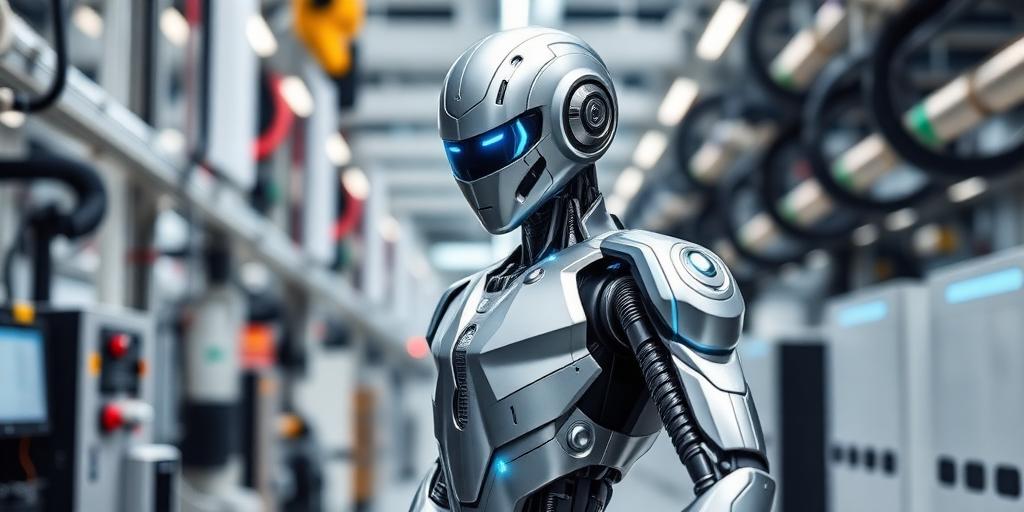Tesla's foray into humanoid robotics has captured global attention, and the Optimus project stands at the forefront. With the anticipated unveiling of Optimus Gen 2, speculation is rife about the advancements and capabilities it will showcase. This article delves into what we might expect from Tesla's next iteration of its humanoid robot, examining potential improvements in design, functionality, and real-world applications.
Design and Mechanics:
- Enhanced Dexterity: One of the key areas of improvement is likely to be in the robot's dexterity. Expect to see more refined hand and finger movements, allowing Optimus Gen 2 to handle a wider range of objects with greater precision.
- Improved Mobility: Tesla will likely focus on enhancing Optimus's gait and balance. This could involve more sophisticated algorithms for locomotion and the use of advanced materials to reduce weight and increase agility.
- Sleeker Aesthetics: While functionality remains paramount, Tesla is known for its design sensibilities. Optimus Gen 2 may feature a more streamlined and visually appealing design, making it more palatable for integration into human environments.
Functionality and AI:
- Advanced AI Integration: Building on Tesla's expertise in artificial intelligence, Optimus Gen 2 is expected to demonstrate more sophisticated AI capabilities. This could include improved object recognition, better decision-making in complex scenarios, and enhanced learning abilities.
- Expanded Task Repertoire: The original Optimus was designed to perform repetitive and potentially hazardous tasks. The next generation is likely to expand on this, with the ability to handle more diverse and intricate jobs in manufacturing, logistics, and even domestic settings.
- Voice and Natural Language Processing: Integration with voice assistants and natural language processing could allow for more intuitive interaction with humans. This would enable users to control and instruct Optimus Gen 2 using simple voice commands.
Real-World Applications:
- Manufacturing and Logistics: Tesla's primary focus for Optimus remains within its own manufacturing facilities. Expect to see the Gen 2 robots taking on more complex assembly tasks, improving efficiency and reducing production costs.
- Elder Care and Assistance: Humanoid robots have the potential to revolutionize elder care by providing companionship, assistance with daily tasks, and monitoring health. Optimus Gen 2 could incorporate features tailored to these applications.
- Hazardous Environment Work: Robots are well-suited for tasks that are dangerous or inaccessible to humans. Optimus Gen 2 could be deployed in environments such as nuclear power plants, disaster zones, and underwater exploration.
Challenges and Considerations:
- Cost: Developing and deploying humanoid robots is an expensive endeavor. Tesla will need to find ways to reduce costs to make Optimus Gen 2 a commercially viable product.
- Safety: Ensuring the safety of humans working alongside robots is paramount. Advanced safety features and protocols will be essential to prevent accidents and injuries.
- Ethical Implications: As robots become more capable and autonomous, ethical considerations surrounding their use will become increasingly important. Issues such as privacy, bias, and job displacement will need to be addressed.
Conclusion:
The unveiling of Tesla's Optimus Gen 2 humanoid robot promises to be a significant event in the field of robotics. With anticipated improvements in design, functionality, and AI integration, Optimus Gen 2 has the potential to transform industries and reshape the way we live and work. While challenges remain, the future of humanoid robotics looks brighter than ever, thanks to innovations like Tesla's Optimus project.









